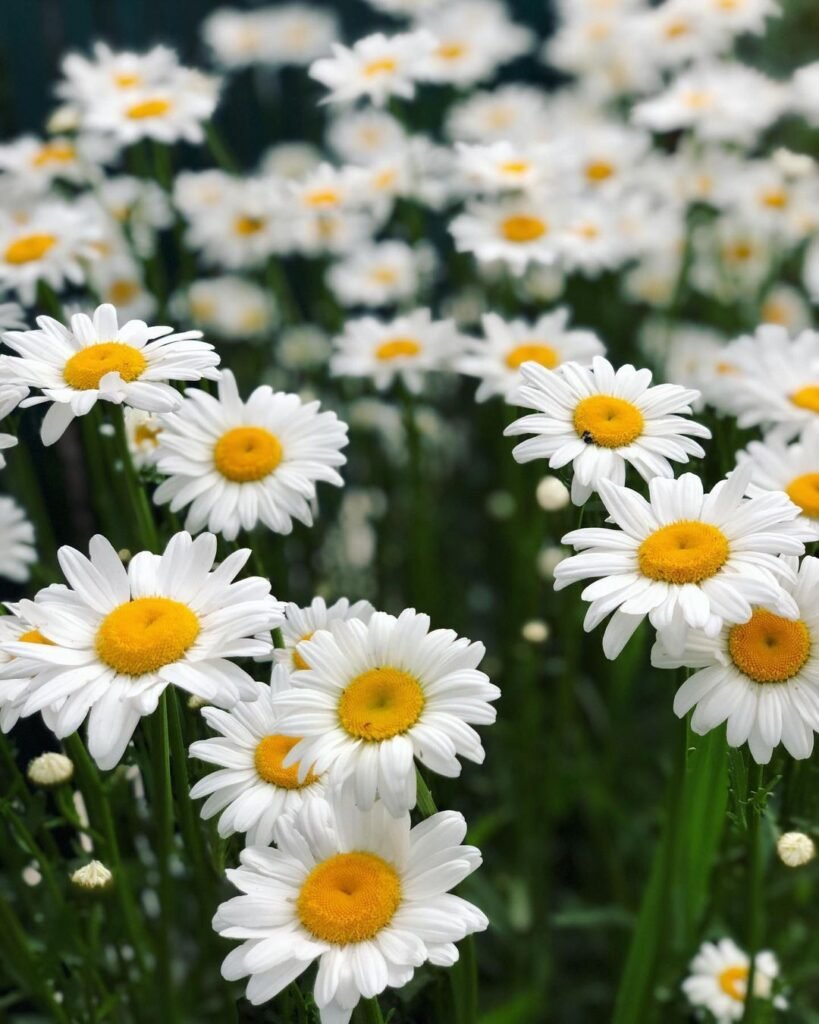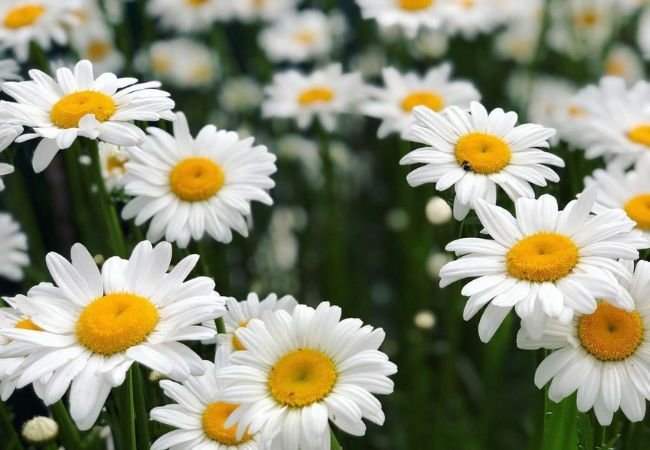Discover the art of growing, harvesting, drying and using chamomile. Learn about this calming herb’s benefits and practical tips for cultivating it in your garden.
Chamomile, known for its gentle, calming properties, is a beloved herb that’s easy to grow and versatile in its uses. Whether you’re looking to make your own tea, enhance your garden or explore natural remedies, growing chamomile can be a rewarding experience. This comprehensive guide will walk you through everything you need to know about this soothing herb.
About Chamomile

Chamomile comes in two main varieties:
- German Chamomile (Matricaria chamomilla)
- Roman Chamomile (Chamaemelum nobile)
Both types are known for their:
- Daisy-like flowers
- Sweet, apple-like scent
- Medicinal properties
Growing Chamomile
Ideal Growing Conditions
Chamomile thrives in:
- Full sun to partial shade
- Well-draining soil
- Moderate temperatures
Soil preparation is key for successful growth.
Planting Steps
- Start seeds indoors 6-8 weeks before the last frost.
- Sow seeds on the surface of the soil – they need light to germinate.
- Keep soil moist until germination occurs (7-14 days).
- Transplant seedlings outdoors after the last frost.
Care and Maintenance
- Water regularly, but avoid overwatering
- No fertilizer needed – chamomile prefers poor soil
- Remove weeds around young plants
- Pinch back growing tips to encourage bushiness
Harvesting Chamomile
When to Harvest
The best time to harvest chamomile is:
- When flowers are fully open
- In the morning after dew has dried
- On a sunny day
How to Harvest
- Gently pinch off flower heads
- Collect in a basket or paper bag
- Check flowers for insects before bringing indoors
Proper harvesting techniques ensure the best quality herbs.
Drying Chamomile
Air Drying Method
- Spread flowers on a drying screen or paper towel
- Place in a warm, dry, well-ventilated area
- Turn flowers occasionally
- Allow 1-2 weeks for complete drying
Dehydrator Method
- Place flowers on dehydrator trays
- Set temperature to lowest setting (95°F/35°C)
- Dry for 2-4 hours until crisp
Storage
Store dried chamomile in:
- Airtight glass containers
- Cool, dark place
- Away from direct sunlight
Using Chamomile
Making Chamomile Tea
Basic recipe:
- Use 1-2 teaspoons dried flowers per cup of water
- Pour boiling water over flowers
- Steep for 3-5 minutes
- Strain and enjoy
Health benefits of chamomile tea are well-documented.
Other Uses for Chamomile
- Skin Care
- Add to bath water
- Make a facial steam
- Create homemade skincare products
- Garden Uses
- Companion planting
- Natural pest control
- Compost tea
- Aromatherapy
- Essential oil diffusion
- Homemade sachets
- Natural air freshener
Health Benefits of Chamomile
Chamomile is known for its:
- Calming properties
- Sleep-promoting effects
- Anti-inflammatory qualities
- Digestive benefits
Always consult a healthcare provider before using medicinally.
Common Problems and Solutions
Pests
Watch for:
- Aphids
- Thrips
- Mealybugs
Solution: Use organic pest control methods.
Diseases
Be aware of:
- Powdery mildew
- Root rot
- Botrytis
Prevention:
- Ensure good air circulation
- Avoid overwatering
- Remove affected plants promptly
Chamomile in the Garden
Companion Planting
Chamomile grows well with:
- Cucumbers
- Onions
- Cabbage
- Wheat
It may help improve the health and flavor of nearby plants.
Garden Design Ideas
- Create a herb spiral with chamomile
- Use as a fragrant pathway plant
- Incorporate into a tea garden
- Plant in containers for easy access
Preserving Chamomile
Beyond drying, try:
- Making chamomile tincture
- Creating infused oil
- Freezing fresh flowers in ice cubes
- Making chamomile syrup
Growing, harvesting, and using chamomile is a rewarding experience that connects you with an ancient herbal tradition. Whether you’re seeking its calming properties, wanting to enhance your garden or simply enjoy its sweet aroma, chamomile is a versatile and beneficial plant to cultivate.
Remember, the key to success with chamomile is patience and attention to detail. From its delicate flowers to its soothing properties, this gentle herb has much to offer both gardeners and herb enthusiasts alike. Happy growing!
For more gardening tips and plant care guides, visit usagardenhub.com.




